MLB Power Rankings: Making Sense of the Post-Trade Deadline Landscape
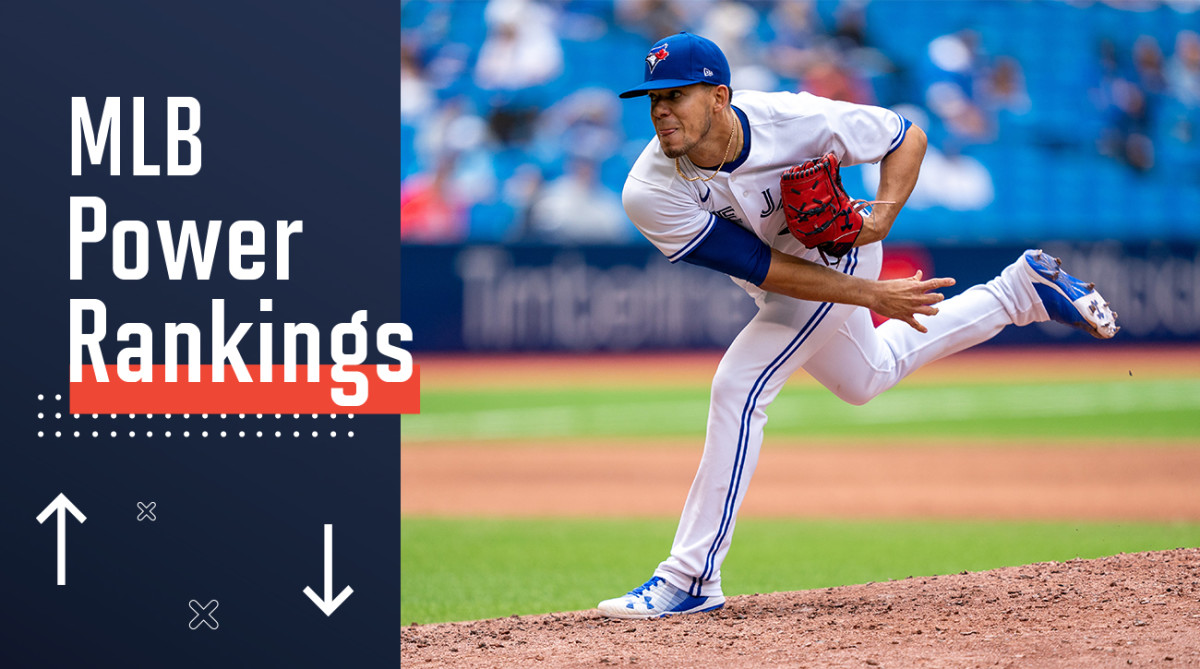
As the baseball world continues to regain its bearings following a dizzying trade deadline, we have serious business to tend to. These power rankings are all fun and games for the first part of the season, but with the calendar flipped to August, we’re now entering that oh-so-serious segment of the baseball season: the stretch run.
The deadline has left nearly every team looking much different than it did a week ago. Let’s break down a few clubs that have been particularly altered and set the stage for what’s to come.
30. Arizona Diamondbacks (Last Week: 30)
29. Texas Rangers (LW: 29)
28. Baltimore Orioles (LW: 28)
27. Pittsburgh Pirates (LW: 27)
26. Minnesota Twins (LW: 26)
The Twins drafted José Berríos in 2012, a year after losing 99 games. He debuted during a '16 season in which Minnesota lost a league-most 103 games, then subsequently helped lead a franchise resurgence that saw three postseason berths in four years. Now, he heads to Toronto, leaving the Twins at another crossroads as they sit mired in last place of the American League Central.
The return for Berríos was significant, and the pair of players Minnesota received—shortstop/outfielder Austin Martin and pitcher Simeon Woods Richardson—have each enjoyed success in Double A this season, and could be impact players in the majors as soon as 2022. That type of youthful talent—combined with veteran holdovers like Josh Donaldson, Jorge Polanco, Max Kepler and Kenta Maeda—could propel the Twins to a quick turnaround toward contention next season. Getting there will be made much more feasible depending on two broad developments: improved pitching and the health of Byron Buxton.
Buxton has appeared in just 27 games this season, yet still leads the Twins in fWAR (2.7). The team so far has failed to reach an agreement with Buxton on a contract extension, and it reportedly listened to trade offers for him, but the 27-year-old remains on the team. He’ll be eligible for free agency after the 2022 season, and is still on the injured list with a fractured hand.
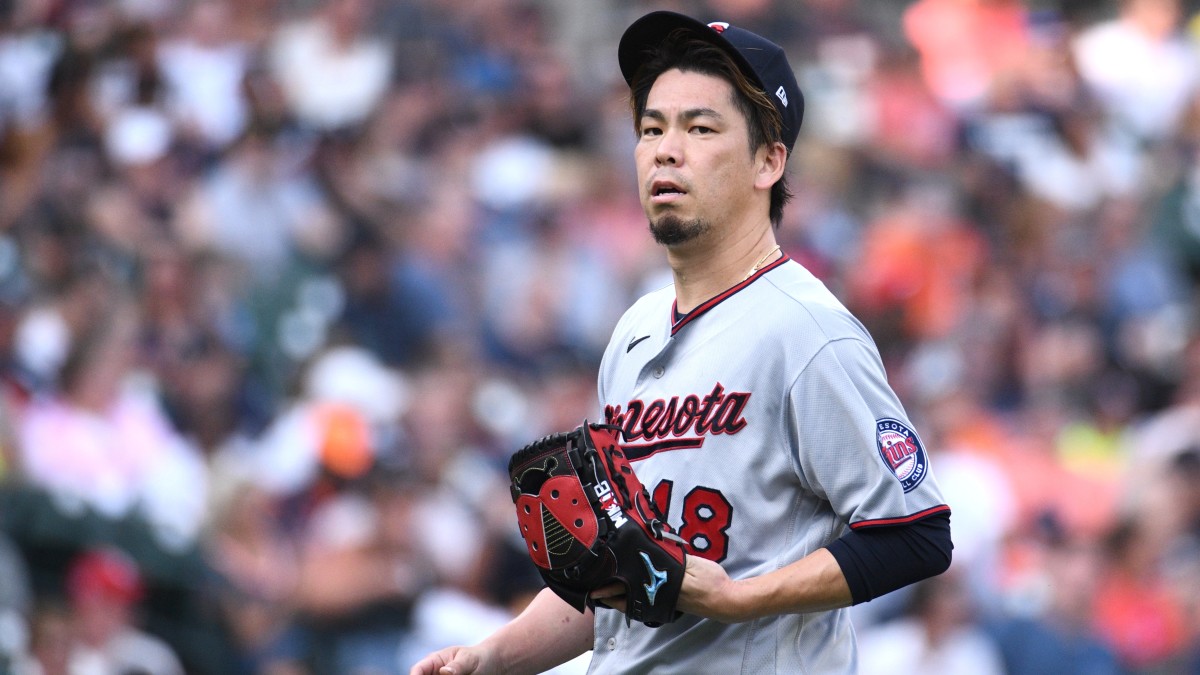
On the pitching side of things, viable options for the rotation are in short supply. Any hopes to contend in 2022 rely on a bounce-back year from Maeda. Thankfully, Maeda has turned things around as of late. In five July starts, the 33-year-old had a 2.15 ERA with 36 strikeouts and just six walks in 29 1/3 innings. Minnesota would need a lot more behind a resurgent Maeda to form a playoff-caliber rotation, but that’s a good place to start.
25. Kansas City Royals (LW: 25)
24. Colorado Rockies (LW: 24)
23. Miami Marlins (LW: 23)
22. Chicago Cubs (LW: 20)
If you’re going to sell, it’s best to take an “everything must go” approach, and that’s exactly what the Cubs did in parting with nearly every player remaining from the 2016 championship team. Chicago lost 377 games in the four years leading up to their '15 postseason breakthrough, which started a run of five playoff appearances in six years. The front office surely hopes that the next contending window will not require such an extended stretch of losing.
The dynasty that was foretold surrounding the core of Kris Bryant, Anthony Rizzo, Javier Báez and Kyle Schwarber never materialized in the form of multiple titles. But it was an unambiguous success, and its sudden end is no doubt a tough pill to swallow for Cubs fans who have gotten used to consistent winning.
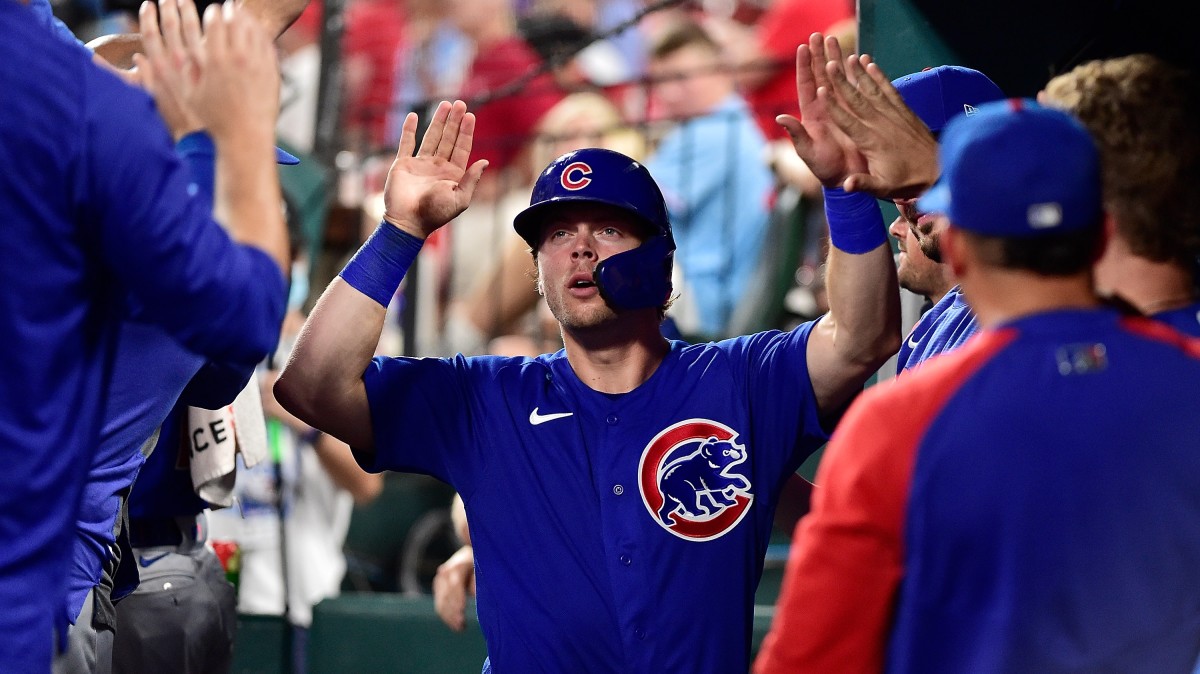
Now comes the part that was once all too familiar: the rebuild. The returns for Rizzo, Bryant, Báez, Craig Kimbrel and Trevor Williams were substantial, and the Cubs already have young talent on the roster that will be foundational pieces of the club’s next contending team. Perhaps chief among them is infielder Nico Hoerner, who’s rode a strong approach at the plate to above-average offensive production after struggling in brief big league opportunities in 2019 and '20.
Hoerner hasn’t quite tapped into his power yet—he has a mere .075 ISO in 152 plate appearances—but he slugged .422 in his minor league career and has a 6' 1", 200-pound frame that suggests potential for more extra-base hits. He’s currently on the IL with an oblique strain, but his play, once he returns, will be one of the key focal points for the Cubs the next two months.
21. Washington Nationals (LW: 21)
20. Detroit Tigers (LW: 22)
19. Los Angeles Angels (LW: 18)
18. Cleveland (LW: 16)
17. St. Louis Cardinals (LW: 19)
16. Philadelphia Phillies (LW: 15)
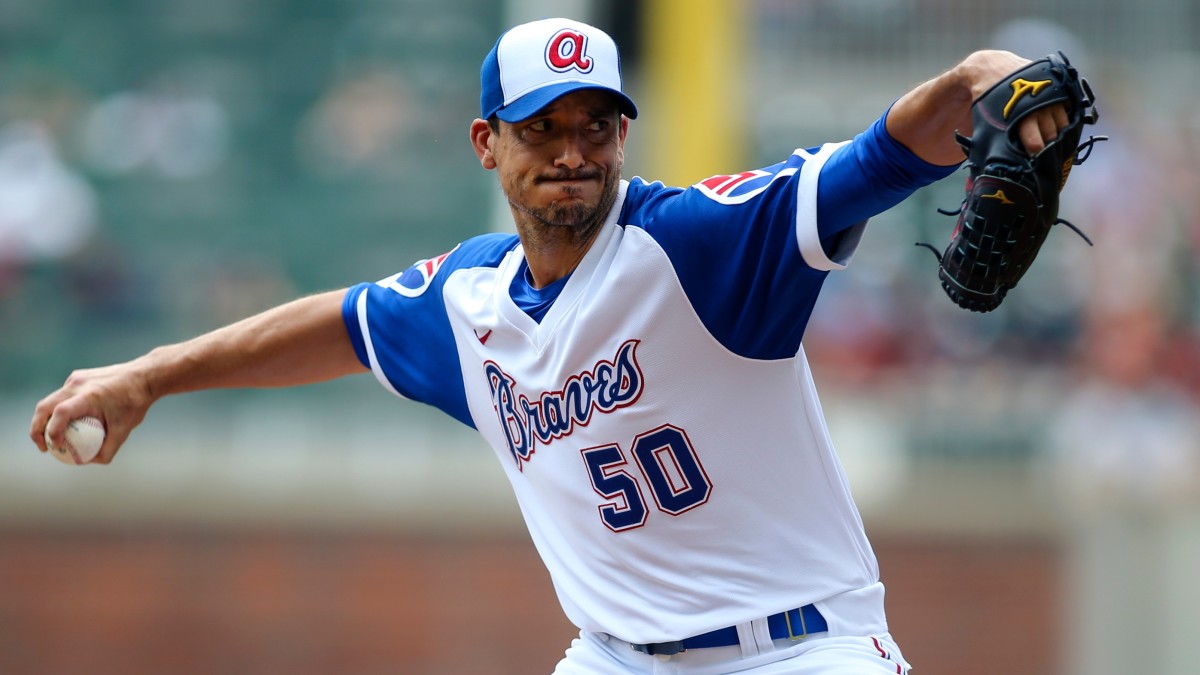
15. Atlanta Braves (LW: 17)
The Braves have been stuck in neutral all year, and could have been forgiven if they decided to punt on 2021 at the deadline and sold off any players who weren’t a part of their long-term plans following Ronald Acuña Jr.’s season-ending knee injury. Instead, they opted to add, retooling a depleted outfield by trading for Adam Duvall, Jorge Soler and Eddie Rosario. I’m not sure whether that’s a group that can kick-start a run at the playoffs, but at this point, anything that will shake things up for Atlanta will do.
Since the start of the second half, the Braves have alternated wins and losses for 17 consecutive games. They haven’t spent a single day above .500, yet still remain just four games back in the NL East behind a banged-up, offensively challenged Mets team. Atlanta’s plus-49 run differential is easily the highest in the division and indicates the club’s talent outpaces its performance thus far. With just 56 games remaining, though, there’s little time to lean on that naturally evening out.
Rookie Ian Anderson, who was so critical in Atlanta’s postseason success last October, has not pitched since July 11, and is on the IL with shoulder inflammation. He’s already begun throwing and could start a rehab assignment soon. His return would help bolster a rotation that’s managed to remain afloat despite his absence.
Charlie Morton has been solid all year and took a tough-luck loss to Milwaukee on Sunday, but he’s not the only one throwing well at the moment. Drew Smyly does not pitch deep into games, but he’s been effective, with a 3.08 ERA over his last 10 starts. And rookie Kyle Muller, a former second-round pick, has a 2.43 ERA and 33 strikeouts over 29 2/3 innings. In a division with flawed teams top to bottom, someone has to come in first. The Braves could be that team, and with 12 of their next 18 games coming against teams with losing records, they have a golden opportunity to make serious strides over the next few weeks.
14. Seattle Mariners (LW: 13)
13. Cincinnati Reds (LW: 14)
12. New York Mets (LW: 10)
11. New York Yankees (LW: 12)
10. Toronto Blue Jays (LW: 10)
If the Mariners are the patron saints of outperforming one’s Pythagorean record, then the Blue Jays are Seattle’s bizarro-world inverse. Toronto is one of six teams with a run differential of more than 100. The other five teams are an average of 22 games more than .500, while the Blue Jays are just six games above that mark.
Of the teams in the plus-100 club, only the Astros have given up more runs than Toronto. The Blue Jays took a big swing at addressing their run prevention issues with their trade for José Berríos, a deal that paid early dividends in Berríos’s debut Sunday, a 5–1 win. The righthander fired six shutout innings with seven strikeouts and just one walk. The rotation was already starting to pick up the pace even before Berríos’s arrival, with the group posting a 3.10 ERA over the past month.
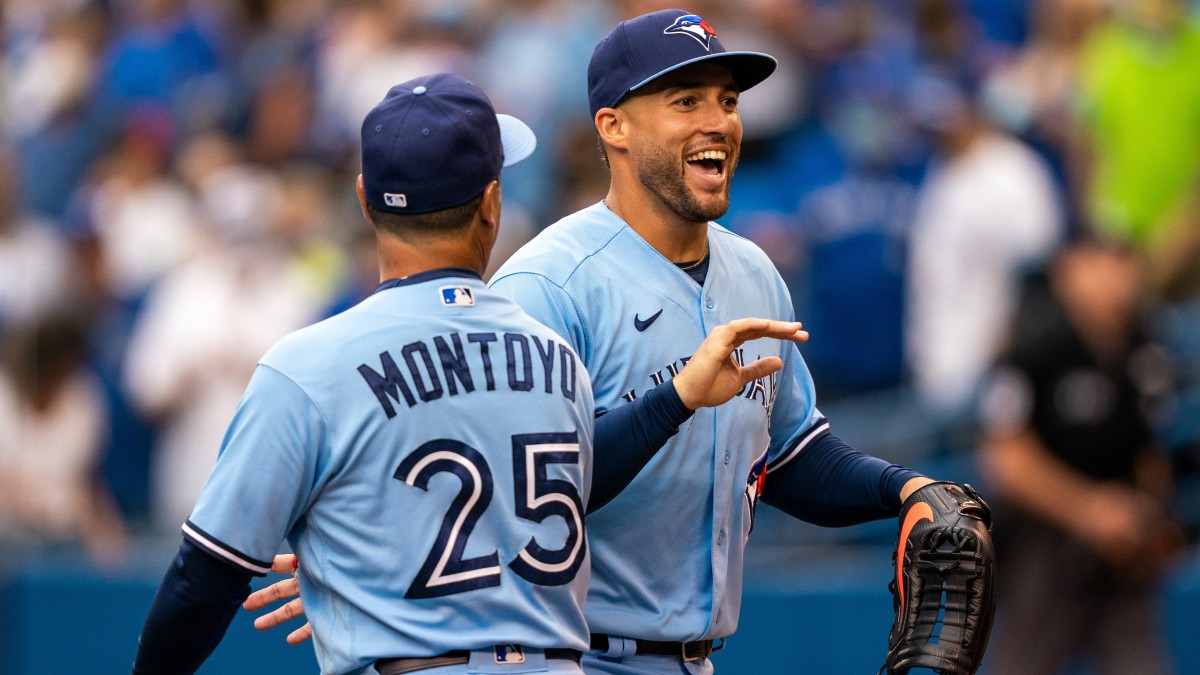
The Blue Jays haven’t had any issues scoring runs this season, and that lineup has gotten even more lethal with the return to form of George Springer. Springer hit .282/.356/.635 with eight home runs in July, and reached base three times Sunday to run the hot streak into August. A lineup featuring him and four All-Stars—Teoscar Hernández, Vladimir Guerrero Jr., Marcus Semien and Bo Bichette—has no business missing the playoffs.
To make up ground in the postseason hunt, the Blue Jays will need to improve their record in close games and against tougher competition. Toronto is currently 26–36 against teams .500 or better, and is 6–12 in one-run games.
9. Oakland A’s (LW: 9)
8. Boston Red Sox (LW: 5)
7. San Diego Padres (LW: 7)
It turns out that even A.J. Preller couldn’t keep up with the madness that transpired in the final hours of the trade deadline. Preller, always an aggressive dealer, didn’t exactly stand pat while other contenders added. The Padres got better last week, landing All-Star Adam Frazier from Pittsburgh and high-impact relief pitcher Daniel Hudson, two players who will certainly play key roles in the wild race for the NL West.
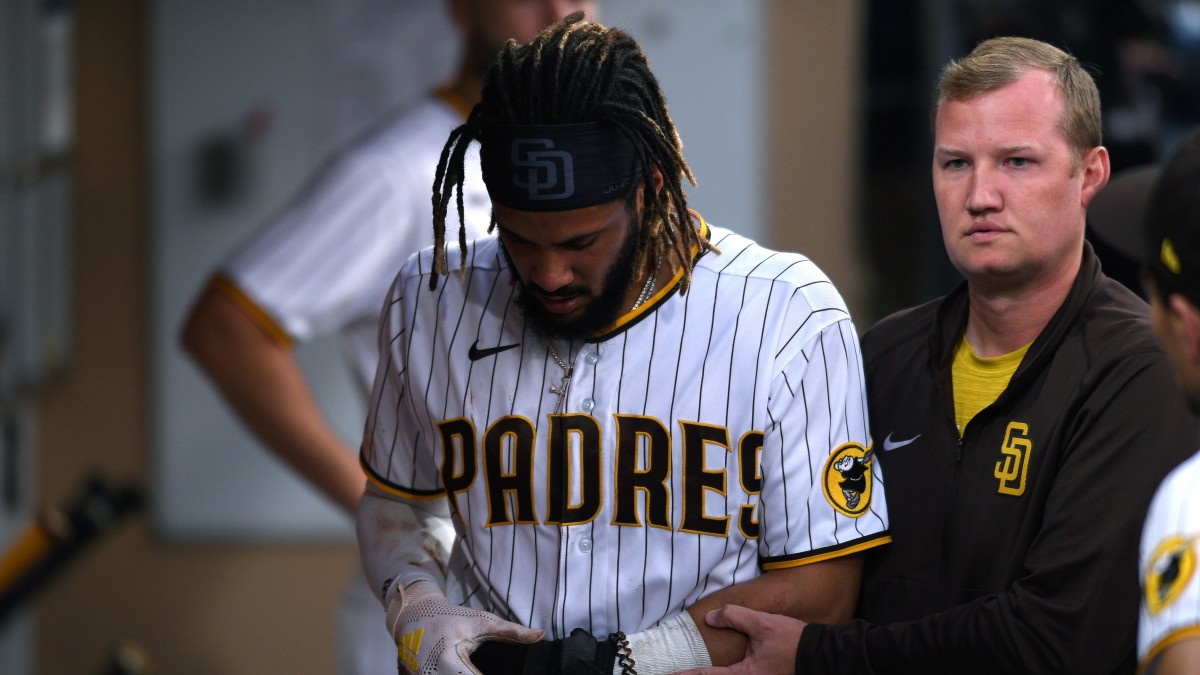
But compared to their division foes, it’s hard not to feel underwhelmed. San Diego already sits 3.5 games behind the Dodgers—who pulled off the Titanic of all blockbuster deals in acquiring Max Scherzer and Trea Turner—and 6.5 games behind the Giants, who traded for Kris Bryant from the Cubs. Throw in Fernando Tatis Jr.’s latest stint on the IL, and the forecast starts to look even cloudier.
On the bright side, the schedule softens up just at the right time. After a brief two-game road trip to Oakland, San Diego’s next 13 games are against the Diamondbacks (seven games), Rockies (three) and Marlins (three). Racking up wins over clubs far away from contention will hopefully put a happy thought into Padres fans’ heads as they cross their fingers and toes for a speedy return from Tatis.
6. Milwaukee Brewers (LW: 8)
5. Tampa Bay Rays (LW: 6)
4. Chicago White Sox (LW: 4)
3. Houston Astros (LW: 1)
2. Los Angeles Dodgers (LW: 3)
1. San Francisco Giants (LW: 2)
More MLB Coverage:
• How Baseball's Superteam Can Still Be Stopped
• Chaotic Trade Deadline Changed the Game
• MLB Trade Deadline Winners and Losers
• Yankees Boost Lackluster Offense With Anthony Rizzo Trade
